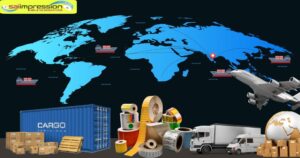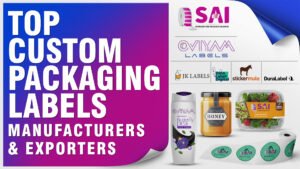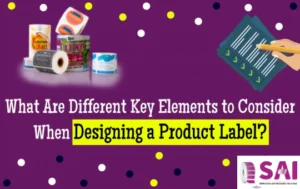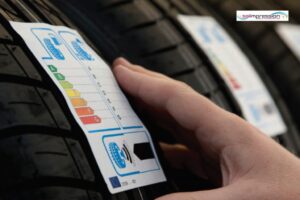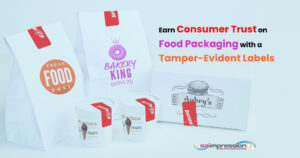Revolutionizing Packaging: The Rise of IML Technology
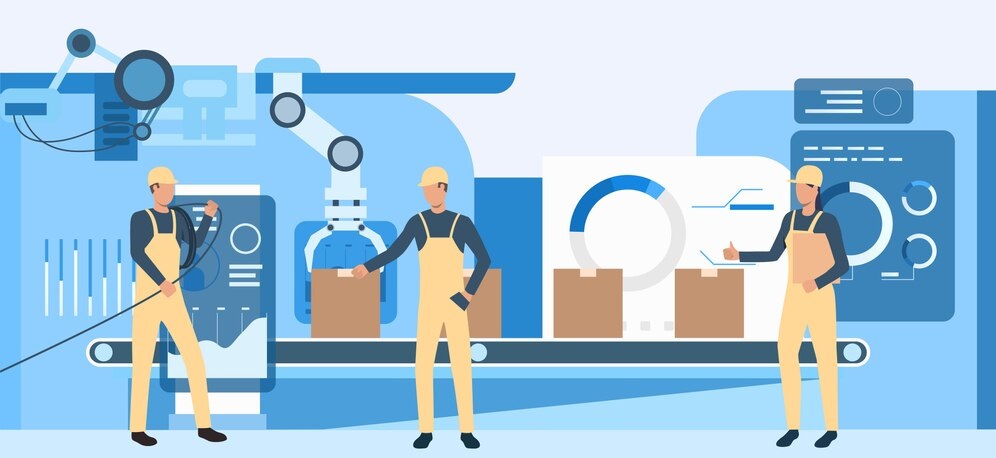
Contents
Introduction:
In the ever-evolving landscape of packaging, innovation is the key to staying ahead. One such innovation that has been making waves in recent years is In-Mold Labeling (IML) technology. This revolutionary approach to packaging not only enhances the visual appeal of products but also offers numerous advantages in terms of durability, efficiency, and sustainability.
In this blog, we’ll delve into the world of IML technology, exploring its origins, benefits, applications, and the impact it’s having on the packaging industry.
Understanding IML Technology:
At its core, In-Mold Labeling is a process whereby labels are inserted into the mold before the plastic packaging material is injected, resulting in a seamless fusion of label and container during the molding process.
Unlike traditional labeling methods that involve adhering labels onto the surface of containers post-production, IML creates packaging with labels that are an integral part of the product itself. This innovative technique allows for high-quality, visually stunning packaging that is resistant to wear and tear, moisture, and fading.
Advantages of IML Technology:
The adoption of IML technology offers a plethora of benefits for both manufacturers and consumers alike. Firstly, IML enhances the aesthetic appeal of products, allowing for vibrant, eye-catching designs that stand out on the shelf. Additionally, IML packaging is incredibly durable, with labels that are scratch-resistant and impervious to damage from handling or transportation.
This durability not only ensures that products maintain their visual appeal throughout their lifecycle but also reduces the need for secondary packaging or protective measures, thus minimizing waste and environmental impact. Furthermore, IML technology enables efficient production processes, with labels and containers being manufactured simultaneously, resulting in cost savings and increased productivity for manufacturers.
Applications of IML Technology:
The versatility of IML technology makes it suitable for a wide range of packaging applications across various industries. From food and beverage packaging to cosmetics, household products, and automotive components, IML can be adapted to suit diverse packaging needs.
In the food industry, IML containers offer superior barrier properties, ensuring product freshness and extending shelf life. In the automotive sector, IML labels provide durable branding solutions for exterior and interior components, withstand harsh environmental conditions, and resist fading or peeling.
Impact on the Packaging Industry:
The rise of IML technology is reshaping the packaging industry landscape, driving innovation and raising the bar for packaging standards. Brands are increasingly turning to IML as a means of differentiating their products, leveraging its superior aesthetic appeal and durability to enhance brand visibility and consumer perception. Moreover, the sustainability credentials of IML packaging align with growing consumer demand for eco-friendly packaging solutions, further fueling its adoption across various sectors.
As manufacturers continue to invest in IML technology and refine production processes, the market for IML packaging is expected to experience sustained growth in the coming years, cementing its position as a cornerstone of modern packaging solutions.
Conclusion:
In conclusion, the emergence of In-Mold Labeling (IML) technology represents a significant milestone in the evolution of packaging. By seamlessly integrating labels into packaging materials during the molding process, IML offers unparalleled visual appeal, durability, and efficiency.
With its myriad benefits spanning aesthetics, durability, efficiency, and sustainability, IML technology is revolutionizing the way products are packaged and branded across industries. As consumer expectations continue to evolve and demand for innovative packaging solutions grows, IML is poised to play an increasingly prominent role in shaping the future of packaging.

